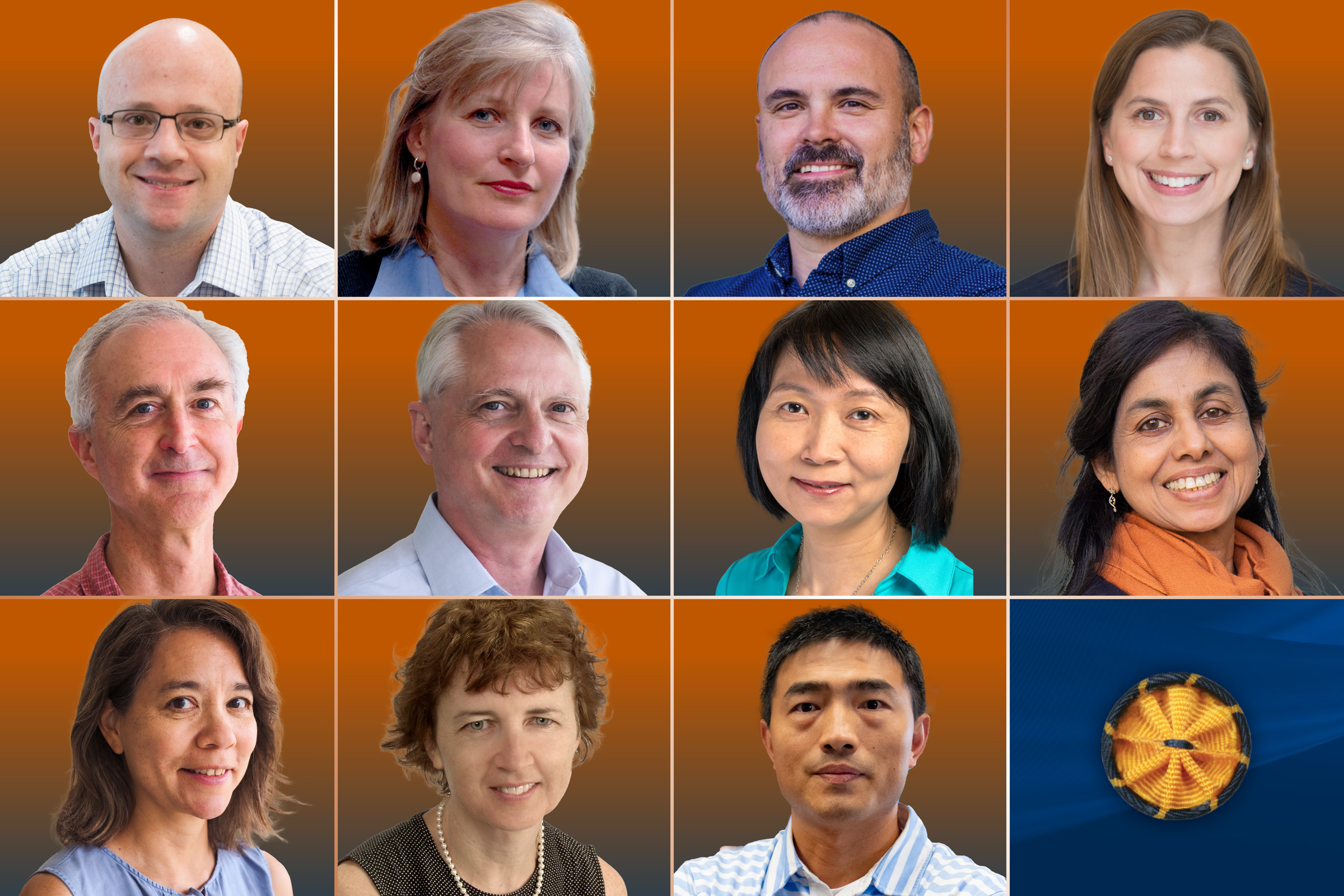UT Austin a Key Player in Science’s Hottest Research Areas for 2023
Researchers at UT Austin are involved in some of the most exciting areas of science and driving groundbreaking discoveries and technologies that impact our world.

From molecules to galaxies, University of Texas at Austin scientists are pushing the frontiers of human knowledge. Recently, the world's two most prestigious general science journals highlighted several of the hottest research areas and discoveries for the year. At least four involve pioneering work by UT Austin researchers.
Single-Molecule Protein Sequencing
The first of "seven technologies to watch in 2023" from the journal Nature, single-molecule protein sequencing allows scientists to identify every individual protein in a complex sample. Analysis of the proteome—the complete set of proteins made by a cell or organism—is important for studying health and disease, but it isn't easy to do with standard technology. Mass spectrometry traditionally helps identify the mass and charge of all the proteins that make up the proteome, but limitations abound. Less typical proteins get missed. Edward Marcotte, a biochemist at UT Austin and co-founder of biotech startup Erisyon, has developed one of these approaches called fluorosequencing, which allows researchers to label each amino acid in a protein with fluorescent tags, often sequencing millions of proteins in one sample—a game-changing improvement in technology.
"It's not really a question of whether it will work," Marcotte told Nature, "but how soon it will be in people's hands."
CRISPR
Nature's list of technologies to watch also highlights tremendous interest in expanding the potential human applications of CRISPR. Originally a bacterial defense mechanism against viruses, now used for gene editing, CRISPR has left many asking for more precise control. In 2022, a team led by David Taylor, associate professor of molecular biosciences, redesigned a key component of a widely used CRISPR-based tool, Cas9, that is significantly less likely to make such errors while also remaining efficient. The work was described in the journal Nature last March.
"This really could be a game changer in terms of a wider application of the CRISPR Cas systems in gene editing," said Kenneth Johnson, a professor of molecular biosciences and co-senior author of the study with Taylor.

James Webb Space Telescope
Long before bacteria developed defenses against viruses, galaxies formed—and Science Magazine just named the telescope that is finding dozens of never-before-seen early galaxies its 2022 Breakthrough of the Year. Associate professor of astronomy at UT Austin, Steven Finkelstein, leads the groundbreaking Cosmic Evolution Early Release Science Survey (CEERS), a project on NASA's James Webb Space Telescope (JWST). It already has captured insights into some of the earliest stages of the universe and the galaxies that formed. Finkelstein and the team found galaxies dating to more than 13 billion years ago. His colleague Shardha Jogee found Milky Way-like "stellar bar" galaxies that existed much earlier than previously thought. Meanwhile, Caitlin Casey, associate professor of astronomy, leads the COSMOS-Webb project, which is aiming to provide an in depth analysis of half-a-million galaxies. This ambitious project is also adding new knowledge about large-scale structures in the younger years of our universe. And because JWST is helping scientists revise their theories about galaxy evolution, it, too, earned a spot on Nature's list of seven technologies to watch in 2023.
RSV Vaccines
A runner up to 2022's Breakthrough of the Year were new RSV vaccines made possible by research done by UT Austin's Jason McLellan, professor of molecular biosciences, along with Barney Graham and others at the National Institute of Allergy and Infectious Diseases. RSV, or respiratory syncytial virus, causes pneumonia, bronchiolitis and other lower respiratory tract diseases, especially for the very young children and the elderly, but a vaccine was elusive for decades until research by Graham and McLellan. Both also made key contributions to the COVID-19 vaccines, named Science's 2020 Breakthrough of the Year, and were recognized for having shown that a new way of developing vaccines, called structure-based vaccine design was possible (a Science runner-up "breakthrough" back in 2013). For RSV, McLellan and his colleagues re-engineered a key protein involved in attaching to and infecting cells to lock it in the shape that elicits the best antibodies. Two RSV vaccines in late-stage clinical trials inspired by McLellan and his team's research look like they may be headed for FDA approval as early as this year, and more are in the pipeline.




